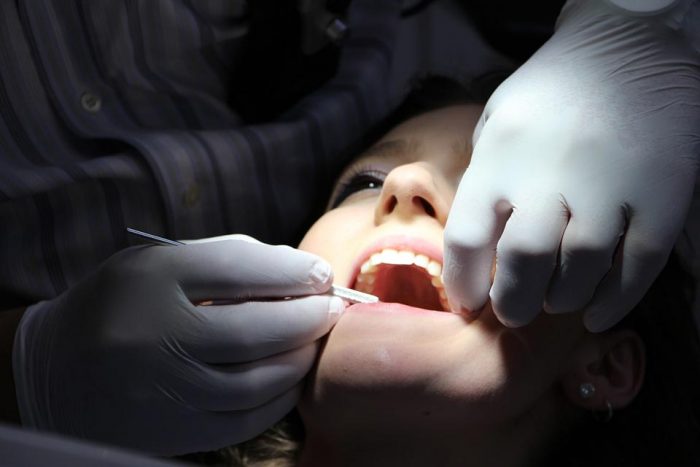If you’ve seen your dentist for tooth extraction, or you’ve lost a tooth through accident or injury, it’s in your best interests to not have a gap for long. Even though it might not seem like a priority, replacing your extracted tooth is in the best interests of your overall oral health, and here’s why.
It Can Affect Your Chewing Ability
The loss of any tooth can be more than only an aesthetic problem. If you lose a tooth either through a dentist extracting it or an injury or accident, you will find it’s now challenging to chew. In fact, if you lose a molar, you will notice it’s even harder. Your molars are key players in eating, and by removing them, your other teeth have to work far harder.
Malocclusion
When you lose a tooth or teeth, you may find that your other teeth begin filling the gap where they once were. As your teeth shift into the free space, you can then discover that you have trouble chewing and biting and can even develop an under-bite or over-bite. If you decide you would like to see your emergency dentist and replace the tooth, make the decision sooner rather than later as it can be a more complicated procedure once those remaining teeth decide to shift.
Confidence
It may not seem like a big deal at the time, but losing a prominent tooth can have a significant impact on your confidence, self-esteem, and desire to smile. According to a study published in the Journal of Clinical and Diagnostic Research, dental appearance dissatisfaction is a strong predictor of low self-esteem. Malocclusion, tooth loss, decay, and other dental disorders are particularly damaging for self-esteem in the adolescent group as well.
What Options are Available?
Without speaking to your dentist, you may believe that missing teeth immediately means you have to get dentures. While dentures are a valid option for those who are missing a significant number of teeth, there are other options available as well.
- Bridges – Bridges are a partial denture that “bridge” the gap between the missing tooth. The dentist adheres it to the natural teeth on either side of the hole and fills it in. A bridge can typically last up to 10 years.
- Implants – Implants work and act as your natural teeth do. Your dentist inserts a titanium root into your gum to hold the tooth before adding a dental crown. They look, feel, and act like a regular
- Partial dentures – Partial dentures work similarly to full dentures but only include the teeth you are missing. Your dentist will make a custom plate, add false teeth to it where your own is missing; then you can wear it to achieve that full set of pearly whites once more. The best part is, you can remove the plate quickly, and it’s typically quite comfortable to wear.
If you are about to see your dentist for a tooth extraction, don’t be afraid to talk through your options. The sooner you can achieve a full set of teeth, the sooner you can eat normally, feel confident, and enjoy your full smile.

